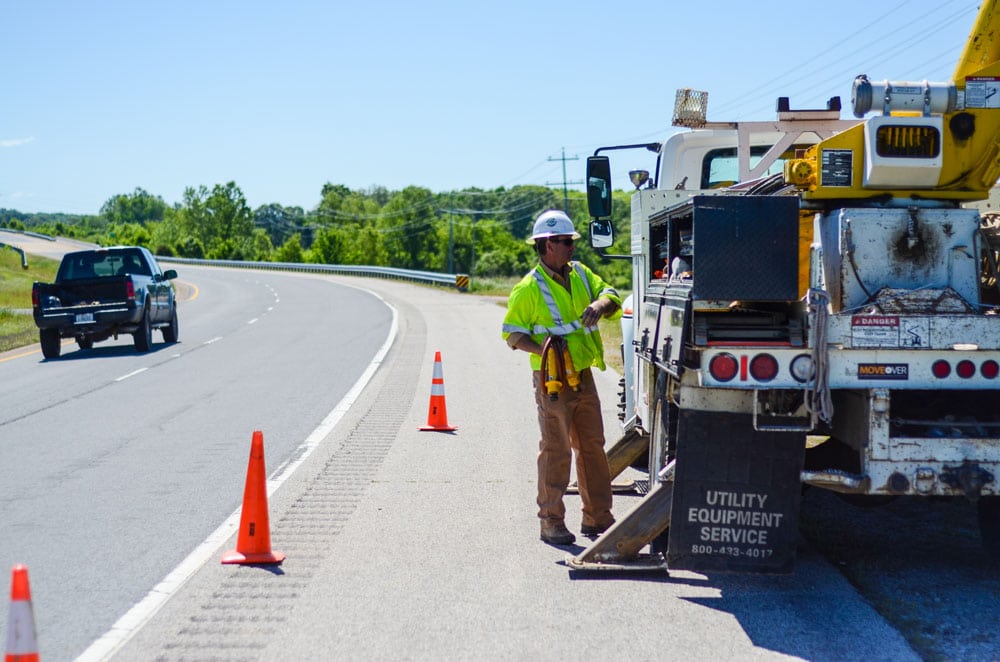Your workplace might be an office, factory or farm. Yet no matter your profession, you follow safety rules that address any dangers you might encounter. Some jobs are inherently more dangerous than others. Sitting at a desk is generally less dangerous than being a fireman or police officer, for example.
One profession that ranks extremely high on the risk level is that of lineworkers at electric utilities. Picture an office space that routinely involves working with electric lines placed high above the ground — lines often carrying high-voltage electricity. Lineworkers have to be fully engaged and alert to their task to avoid injury or death.
Electric cooperative lineworkers across Tennessee perform that type of work every day, in all kinds of weather. Lineworkers do everything within their control to make each day injury-free. Crews engage in “tailgate discussions” at the worksite to ensure that everyone knows what work is to be done and each worker’s responsibilities. Lineworkers also wear a variety of personal equipment that protects them should malfunctions or accidents occur.
No matter how careful the practices of individual workers and crews are, some things are outside of their control. Often, our lineworkers’ workplace is the side of a busy roadway. Lineworkers are tough, but they’re no match for a speeding vehicle.
Since 2011, Tennessee law has included electric utility vehicles in our state’s Move Over regulations. The original law (from 2006) created a safety zone to protect police, firefighters and other emergency personnel. Tennessee’s electric cooperatives initiated the change to add utility service vehicles to the list of those requiring motorists to either slow down or move over when certain vehicles are properly marked and parked on the side of the road. Tennessee’s law also already covers highway maintenance vehicles and stationary recovery vehicles (wreckers).

It’s not just electric co-op equipment. Any utility service vehicle is covered — those used by municipal electric systems, telephone cooperatives or utility districts — and all utilities are included: electricity, natural gas, water, waste water and telephone services.
The utility vehicles must be stationary and giving a signal by the use of flashing lights. Specifically, motorists on a four-lane highway with two lanes on the same side of the road as the covered vehicle must yield the right of way by making a lane change into a lane not adjacent to the utility vehicle. Or, if a lane change is not possible or unsafe, a motorist must slow down, maintaining a safe speed for road conditions.
To underscore the inherent dangers of the roadway, the law was further amended this year to include any vehicle properly pulled over with its emergency flashing lights on.
The next time you’re heading home after a long day at work, be mindful that you’re driving in someone else’s workplace. The inconvenience of slowing down a bit is a small price to pay if it makes the difference in ensuring that a worker goes home safely after the end of a hard day on the job.



